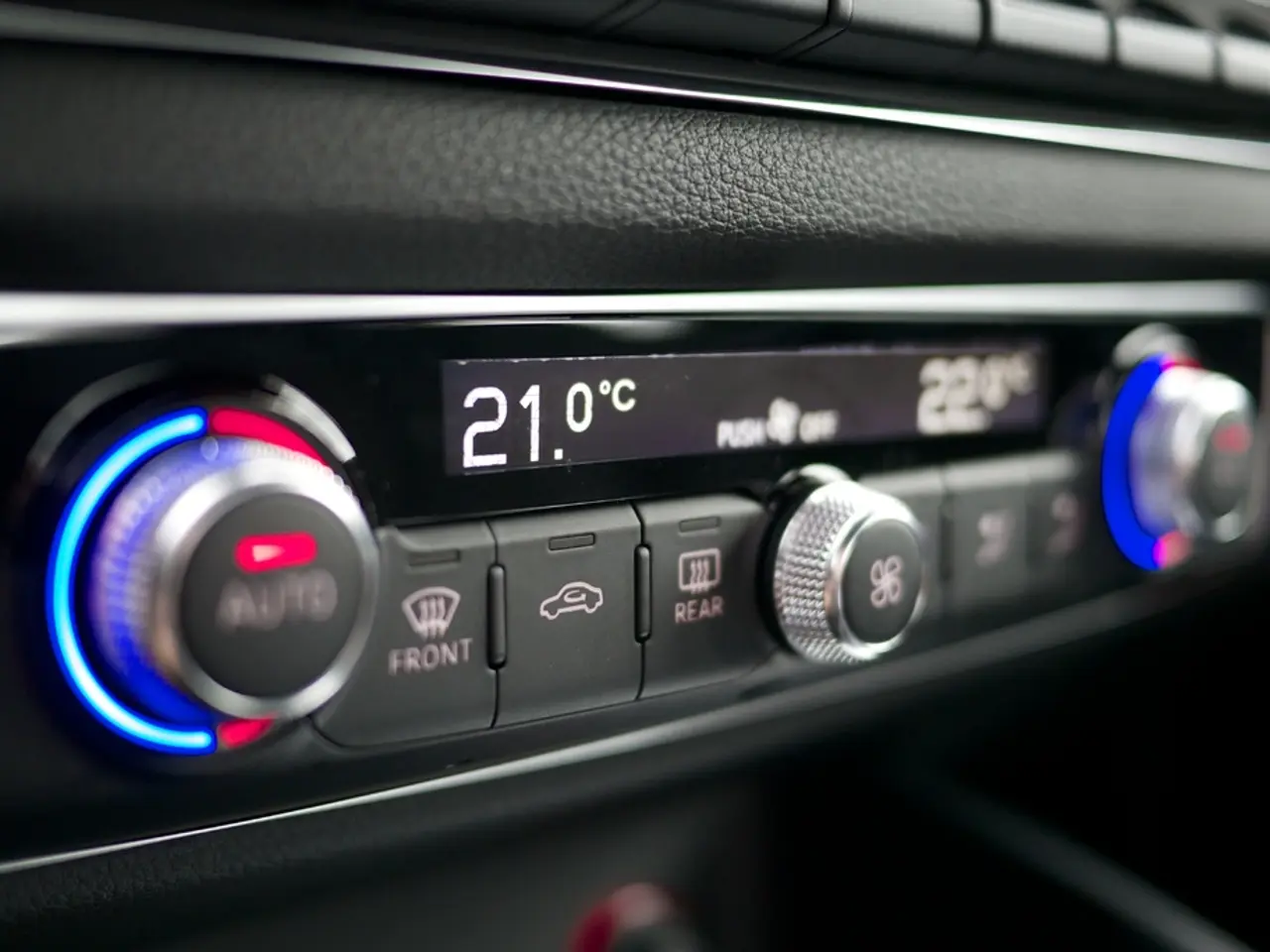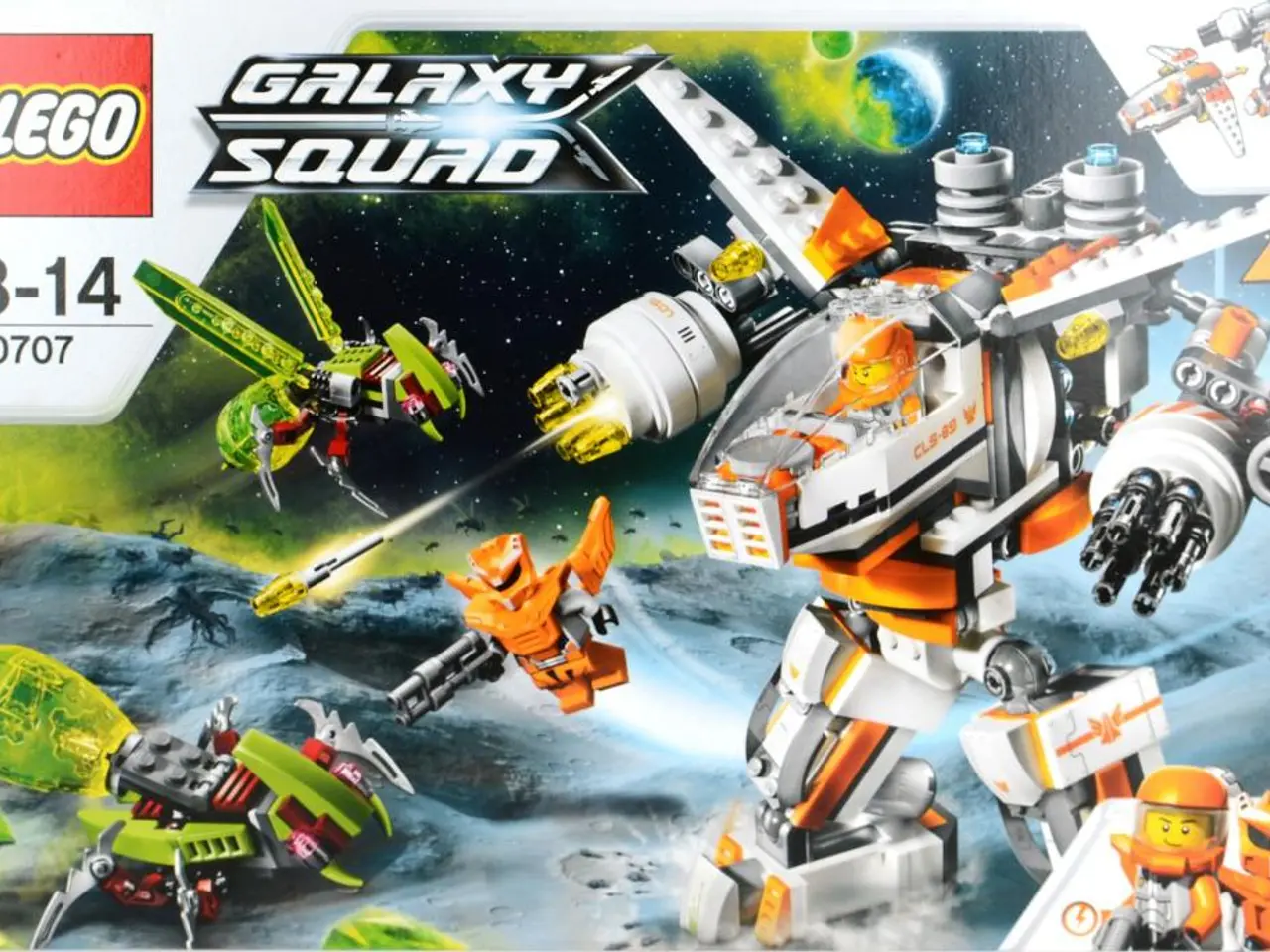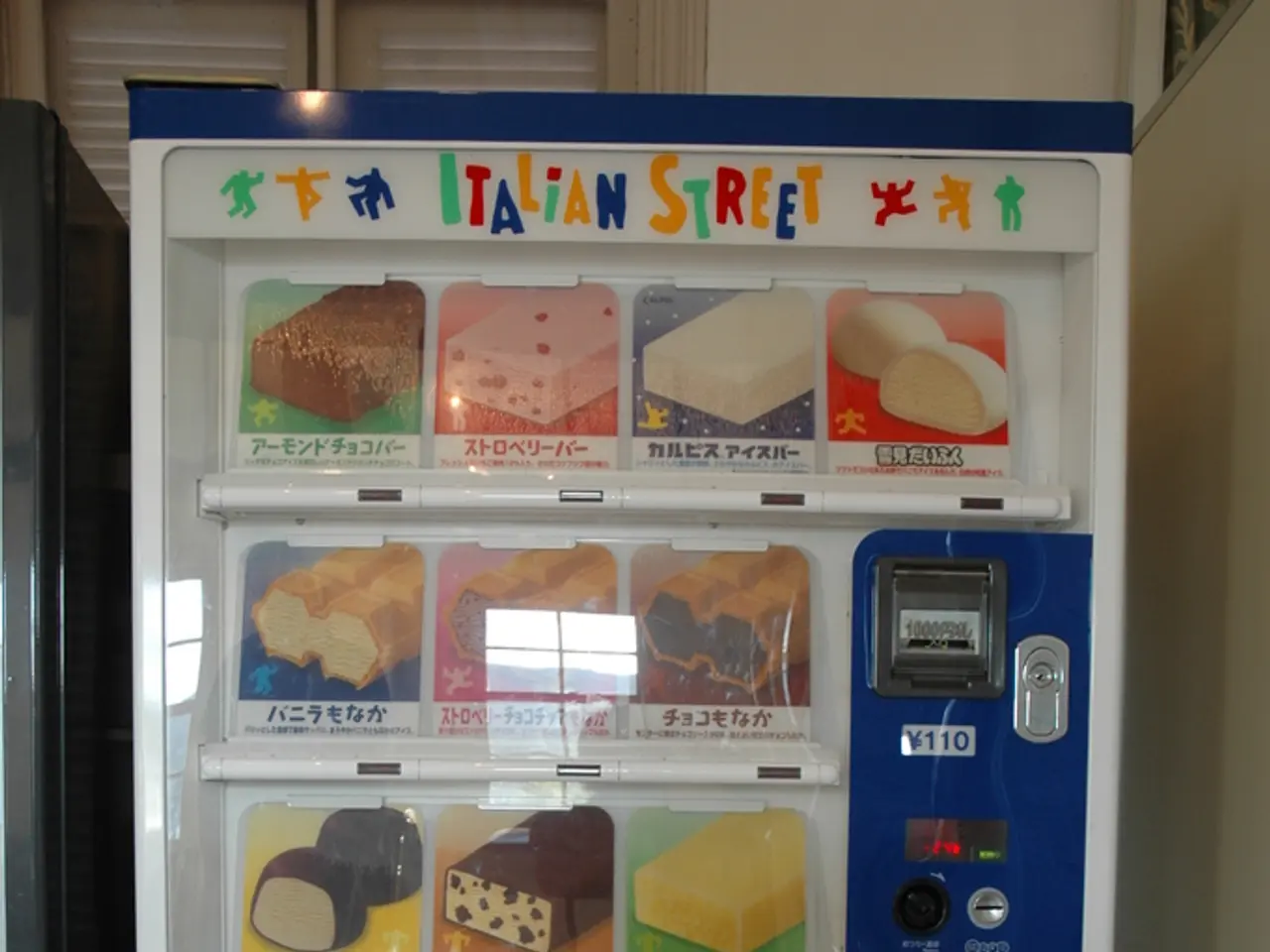Military Operations Utilize Custom LCD Displays as Indispensable Equipment
In the rapidly evolving display industry, a significant focus is on the growth of AMOLEDs and airborne applications for military displays. This shift is driven by the military's adoption of emerging technologies like augmented reality (AR) and virtual reality (VR), with the market for military displays projected to reach a value of $1.89 billion by 2033.
However, when it comes to military applications, the needs go beyond the standard commercial offerings. The key differences between Commercial Off-The-Shelf (COTS) displays and custom LCD displays designed for military use lie primarily in their durability, ruggedness, and specialized features tailored for harsh operational environments.
**Comparing COTS and Custom Military LCD Displays**
| Aspect | COTS Displays | Custom Military LCD Displays | |---------------------------|-------------------------------------------------------------|-------------------------------------------------------------------| | **Durability and Ruggedness** | Limited resistance to shock, vibration, temperature extremes, moisture, and dust. | Built to withstand extreme environmental conditions: high/low temperatures, humidity, shock, vibration, dust, and sometimes even chemical exposure. Often have rugged enclosures and hardened glass. | | **Brightness and Visibility** | Standard brightness levels suitable for indoor or controlled environments; often less effective under direct sunlight. | Very high brightness (often >1000 nits) and anti-glare coatings for visibility in direct sunlight and adverse weather conditions. | | **Environmental Protection** | May have basic ingress protection but not typically waterproof or dustproof to military specs. | Meet strict military standards such as IP ratings for waterproofing/dustproofing and can be sealed against contaminants or explosive environments. | | **Electromagnetic Compatibility (EMC)** | Usually minimal EMC/EMI shielding. | Designed to meet military EMC/EMI standards to avoid interference with other sensitive military electronics, including possible TEMPEST shielding for emissions security. | | **Customization** | Limited or no customization; fixed specifications and features. | Highly customizable to specific military needs (size, resolution, interface, rugged features, power consumption). Integration with military systems like helmet-mounted displays or vehicle consoles. | | **Longevity and Supply Chain** | Commercial availability can be unstable; product lifecycles are often short. | Long lifecycle support with secure supply chains for maintenance and upgrades in operational environments. | | **Special Features** | Standard display features such as touchscreens or basic optical bonding. | Additional features like optical bonding for increased durability and readability, night-vision compatibility, anti-reflective coatings, secure data interfaces, and sometimes augmented reality capabilities. |
**Essential Features in a Custom Military LCD Display**
Custom LCD displays designed for military operations must include features critical to operational effectiveness and survivability:
- **Ruggedization**: Shock, vibration, and impact resistance compliant with MIL-STD-810 or equivalent. - **High Brightness and Contrast**: To ensure readability in bright sunlight or nighttime conditions. - **Environmental Sealing**: Water, dust ingress protection (e.g., IP67 or better). - **Optical Bonding**: Enhances durability and eliminates internal reflections, improving clarity. - **EMC/EMI Shielding and TEMPEST Compliance**: To minimize electromagnetic emissions and protect from electronic eavesdropping. - **Wide Operating Temperature Range**: To function in extreme cold and heat. - **Night Vision Goggle (NVG) Compatibility**: Allows the display to be used with night vision devices without impairing performance. - **Anti-Reflective and Anti-Glare Coatings**: To reduce reflections and improve visibility. - **Secure Interfaces and Data Handling**: To prevent unauthorized access or tampering. - **Long Lifecycle and Maintenance Support**: Ensuring availability of parts and repairs in-theater.
These features ensure that military LCD displays can operate reliably in demanding environments and integrate with other military systems, providing essential situational awareness and mission-critical data to personnel under all conditions.
In contrast, COTS displays, while cost-effective and readily available, generally lack these specialized capabilities and environmental tolerances required in military contexts. The military's procurement processes shape demand by defining requirements, setting budgets, and enforcing strict compliance standards, driving innovation in the military display sector.
Companies like Cevians specialize in designing, manufacturing, and integrating optical components for military LCD displays to enhance durability, visibility, and compliance with strict defense standards. As the demand for custom military LCD displays continues to grow, so does the potential for innovation and advancements in this crucial technology.
Technology plays a significant role in the military's adoption of advanced display systems, with custom LCD displays built to withstand extreme environmental conditions and meet strict military standards. These displays, unlike Commercial Off-The-Shelf (COTS) options, are highly customizable, durable, and rugged, offering enhanced features for harsh operational environments, such as high brightness, anti-glare coatings, and EMC/EMI shielding. The continuous growth in this sector is driven by demand for specialized technology designed to ensure operational effectiveness and survivability in a variety of military applications.




